Last week, in Part 1 of this article, I discussed the principle of specificity as it relates to fitness training for soccer players, and also presented a brief chart with examples of how to train the main athletic qualities in soccer, in a soccer-specific way. This week, in part 2, I will be following up with detailed explanations of these different soccer-specific exercises. Here they are:
- Speed Training:
- Coach starts the exercise by serving a ball in to inside forward player (grey line)
- Outside forward player makes a curved run underneath the inside forward, and receives a short lay-off pass (black lines)
- Wide midfield player makes a 20 metre sprint down the sideline, to receive a long pass from the outside forward, while the inside forward travels horizontally across the pitch (red lines)
- Wide midfield player crosses the ball to both forward players, who each make a 10 metre sprint (one to the near post, the other to the far post) and try to finish on goal
This exercise requires players to perform repeated bouts of maximal sprints (in the case of the wide players, 20 metres, and in the case of the forward players, 10 metres. If sufficient rest is given to players between each repetition (about 30 seconds between each sprint) then all of the sprints will be performed at maximum speed. Of course, there is a lot of specificity and relevance to the sport in this exercise, because players are performing the exact type of running and movements they are required to do in an actual match.
- Power Training:
- Divide players into groups of 2, with 1 ball between 2 players
- 1 player is designated as “server” and the other as “header”
- Server serves the ball by throwing it into the air, in front of the header
- The header must perform an explosive jump, as high as possible, and try to head the ball back to the server at the highest point
- A hurdle can be used under the header, to encourage a higher/more powerful jump
This very simple exercise requires players to perform repeated bouts of maximal intensity jumps, in a soccer-specific way that includes the ball. Like with speed training, power or jump training must give players sufficient rest in between repetitions. In this case, about 5-6 seconds of rest between each jump is enough. One player can do 5-10 headers, before switching to become a server. 3 sets for each player as both server and header work well to develop power without over-using the muscles.
- Strength Training:
- Coach starts the exercise by serving a ball centrally, for 2 players to chase
- The player who arrives at and secures the ball first must then try to score in one of the small goals near the start area
- The player who arrives second becomes a defender, with the objective of winning the ball and playing it back to the coach
- All movements, including the sprint to the ball, and 1 vs. 1 play, must be done at maximal intensity
While it may seem a bit unconventional to think of 1 versus 1 training as “strength training”, a closer look at the movements and intensities involved in this exercise presents a clearer picture for the rationale for its use to improve soccer-specific muscular strength. Performing a short sprint to a ball requires maximal acceleration immediately followed by a quick and powerful deceleration – to slow down, either to secure and protect the ball (if the player arrives first) or to defend and prevent forward play (if the player arrives second). These decelerations require very high eccentric strength in all of the major leg muscles, including the glutes, hamstrings, and quadriceps. When performed repeatedly over the course of multiple repetitions, high speed eccentric contractions will help to strengthen these lower body muscles and prepare them for the exact movements needed in match play. Once again, rest periods between repetitions are critical for this exercise, in order to allow for enough recovery for all players involved. Most of the plays in this exercise should last between 5-10 seconds, so 1-2 minutes of rest between each repetition is sufficient. Players can perform between 8-12 repetitions of this exercise.
- Endurance Training:
- Players are divided into small teams of 4 players
- Play 4 versus 4, on a small field, 30 metres long x 20 metres wide
- Balls are placed all around the field, so that if the ball goes out of play, the game can be re-started very quickly
- Other conditions may be put on the game (for example, all players must be over the half line to score, or simply by minimizing the number of touches allowed per player)
This exercise, as well as other variations of small-sided soccer games, represents the best and most effective way to develop soccer-specific endurance. Small-sided games are effective at improving endurance as long as they are played at a high intensity. Coaches can ensure that the intensity is high by following the recommendations mentioned above. Prevent breaks in play by playing a new ball in immediately after a ball in played out. If the pace of the game starts to slow down, add a condition like minimizing touches to help speed it up. A simple protocol to work with is to play for 4 repetitions of 4 minute games, with a 3 minute rest period between each game.
The exercises described in this article represent just a few ways to incorporate the principle of specificity into soccer fitness training. Coaches and fitness coaches working with soccer players must strive to plan fitness exercises and training sessions that are as specific and relevant to the sport as possible, as this is the only way to ensure that improvements made during training will translate into improvements in match play.
I’d love to hear your thoughts about this topic. Drop me a line here to get the conversation started.

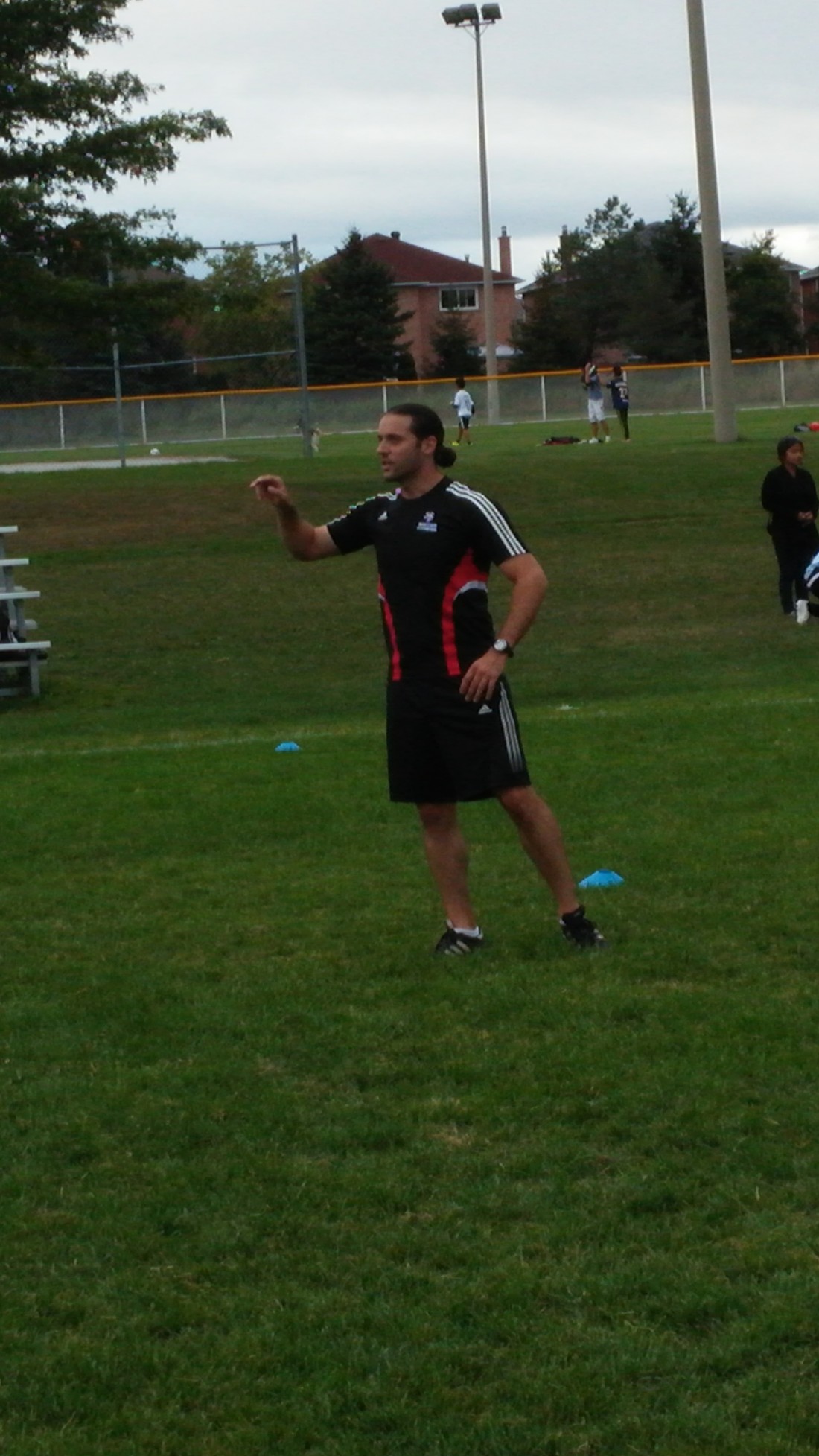
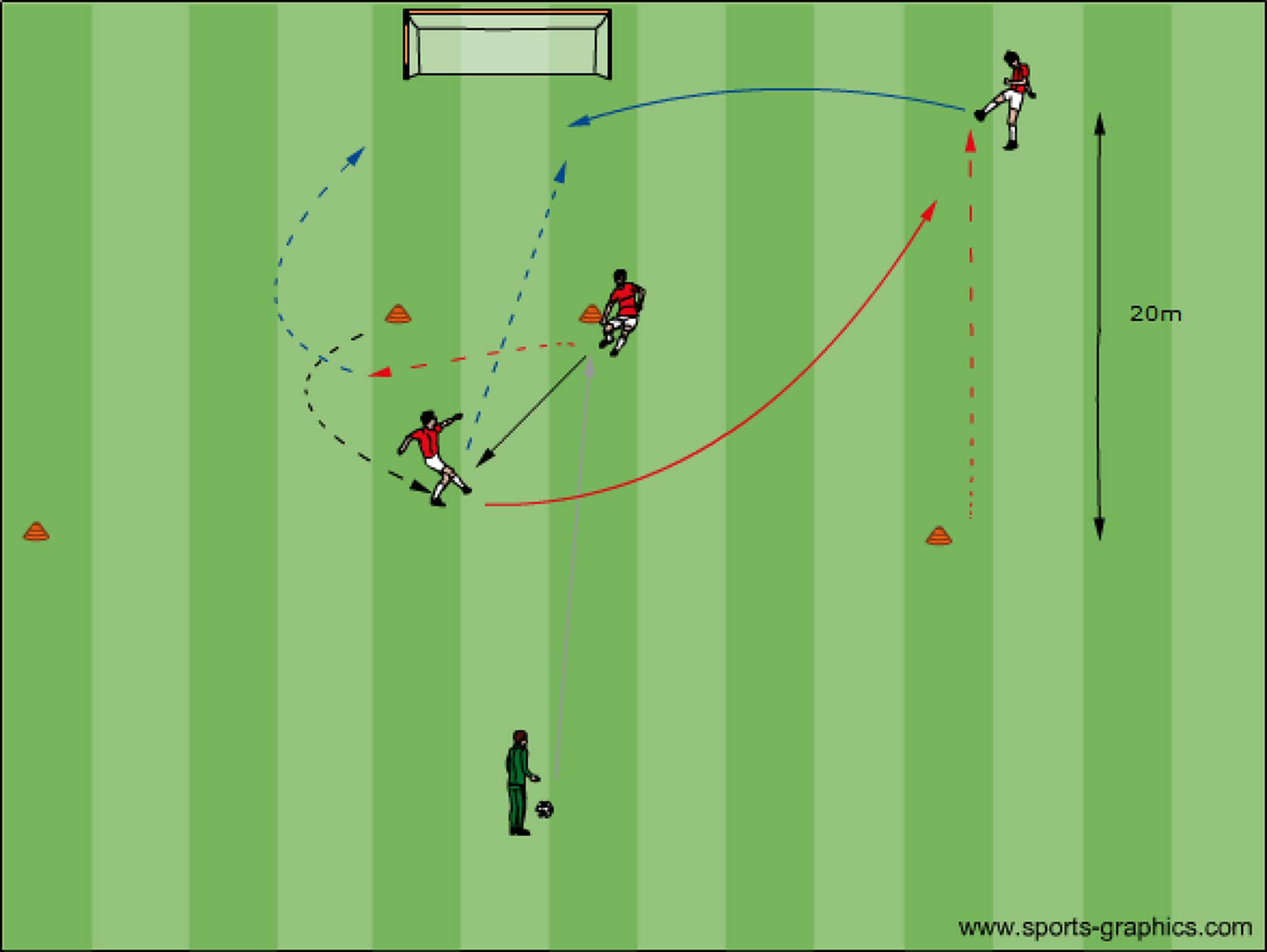
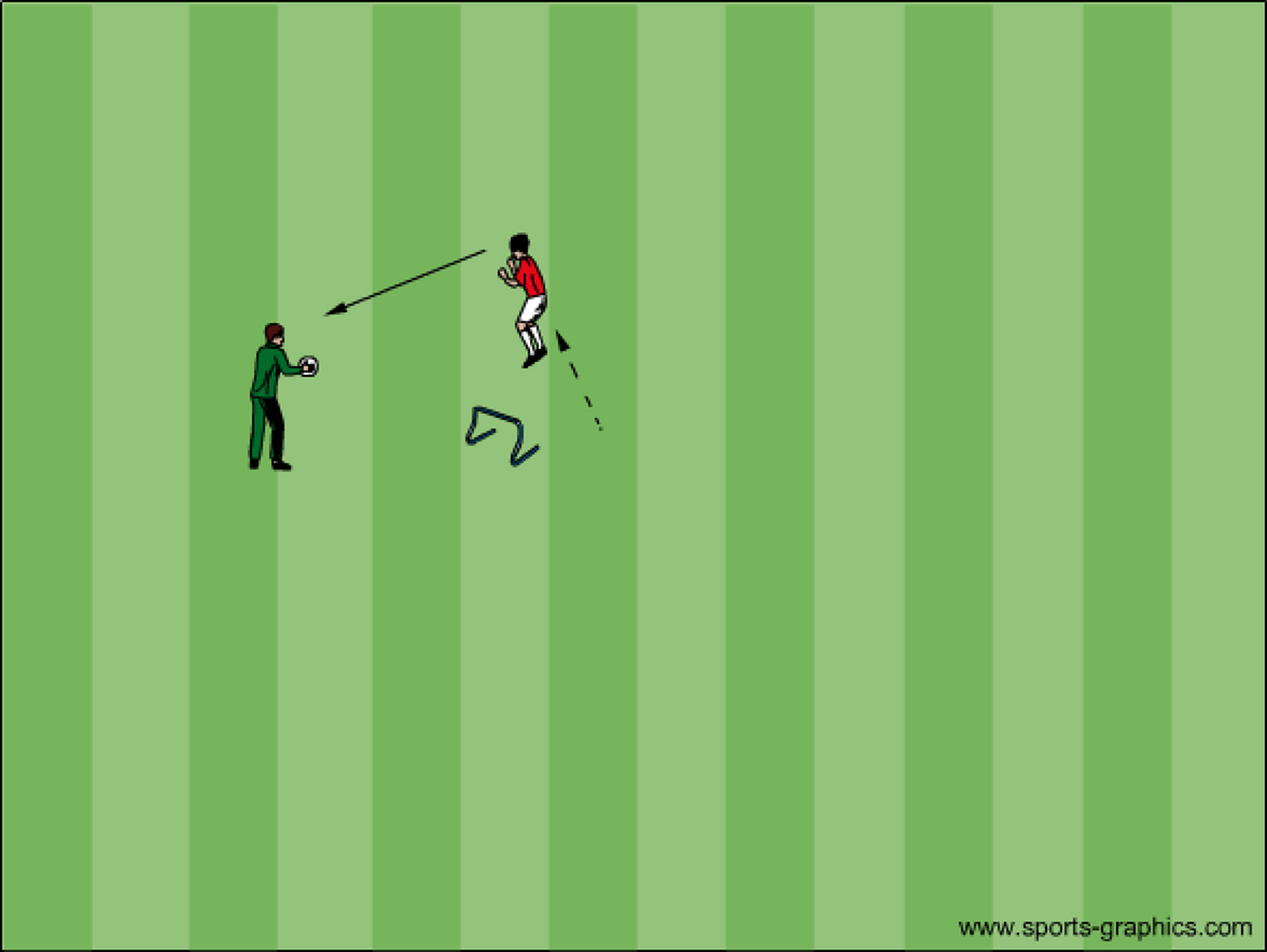
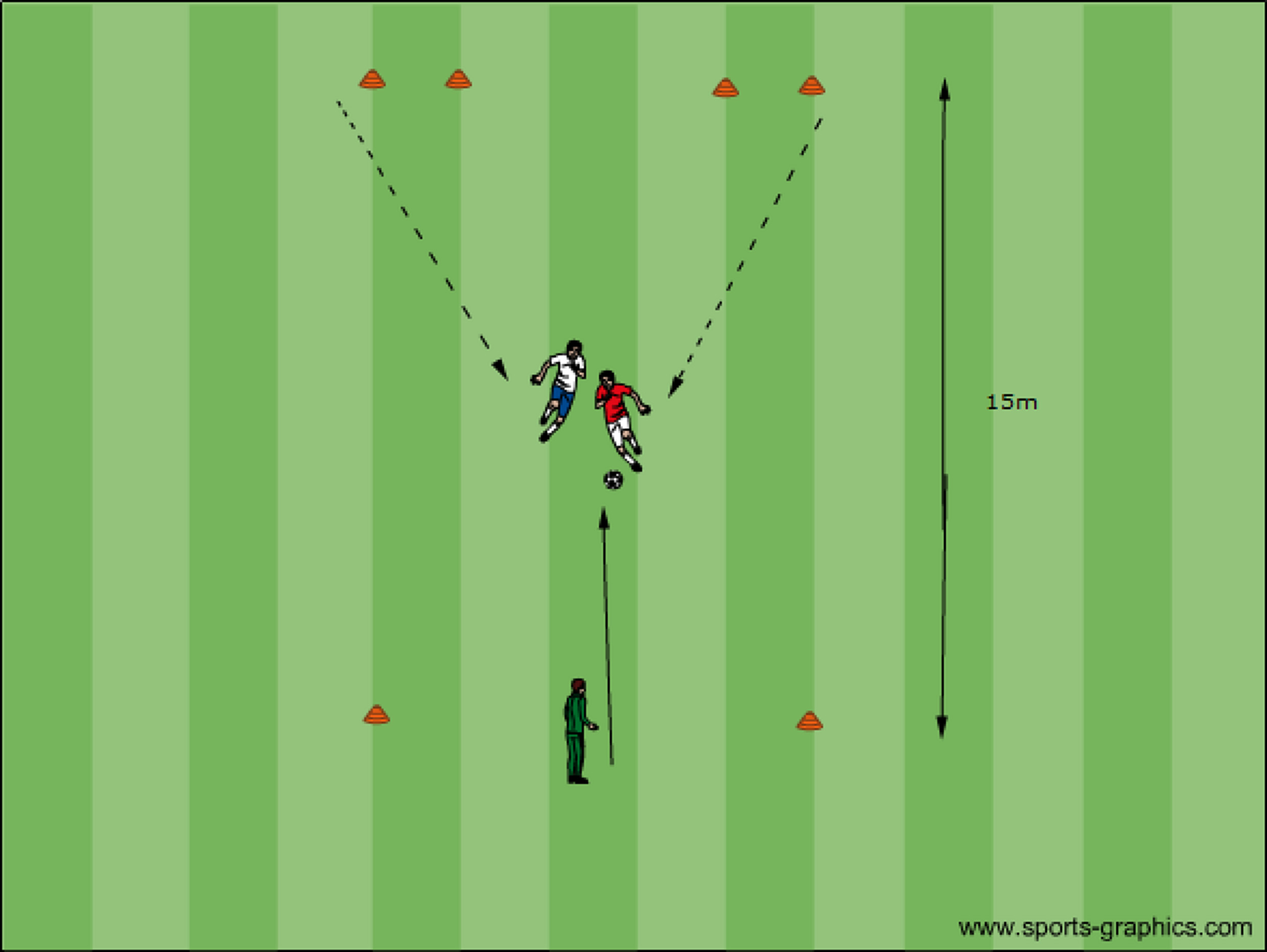
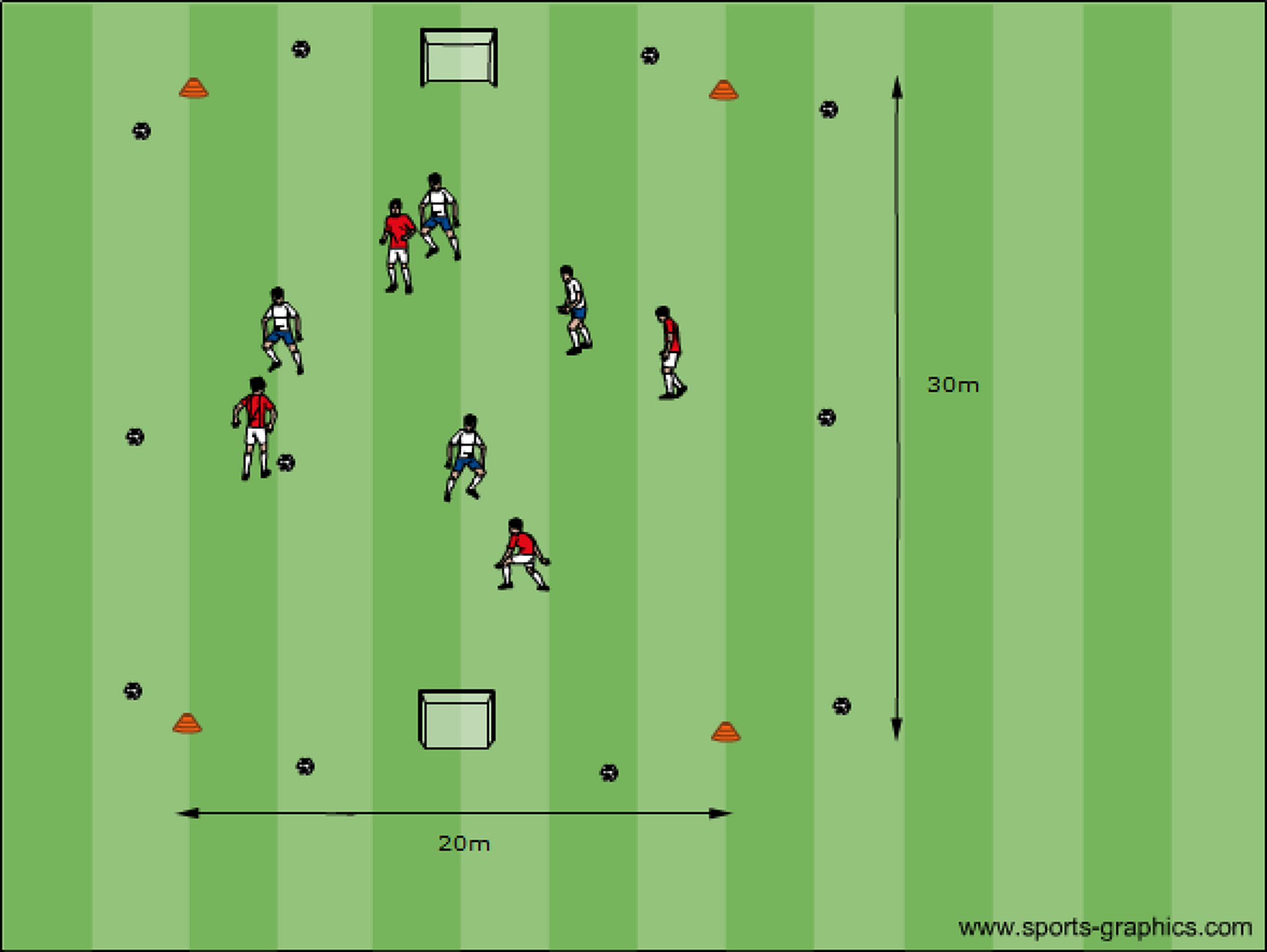
Leave A Comment